Effects of Laser Processing on Different Materials
Differences in Processing Effects of Different Materials
In laser processing, some materials are suitable for high-definition engraving, while others are suitable for making stamps. Different materials will exhibit different effects during laser processing, suited for various purposes. Here, we introduce the processing effects of some commonly used materials.
Basswood Board
Basswood board is one of the most commonly used materials in laser processing, and laser processing will produce a light yellow to brown carbonization effect. Basswood boards have excellent applications in photo engraving, vector engraving, and other techniques.
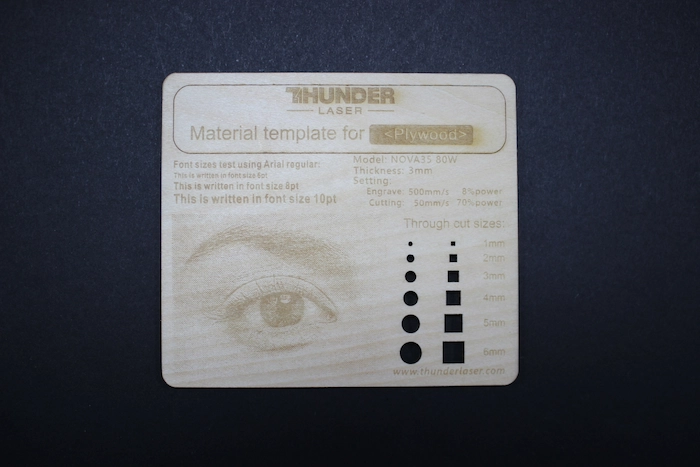
Double-Colored Board
The coating on the surface of the double-colored board will be removed during laser engraving, creating a high-contrast effect. Black-bottomed white-faced double-colored boards are particularly suitable for engraving high-precision photos.
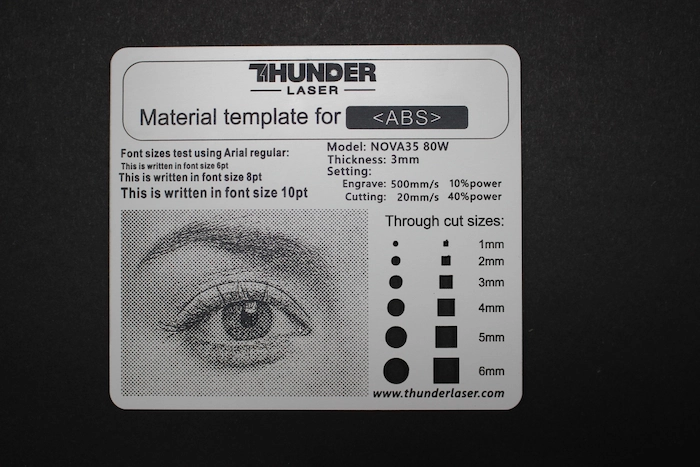
Acrylic
The parts of acrylic engraved by laser will turn white, presenting a simple and unique style on the transparent substrate. When combined with a light stand, a unique decorative style can be achieved.
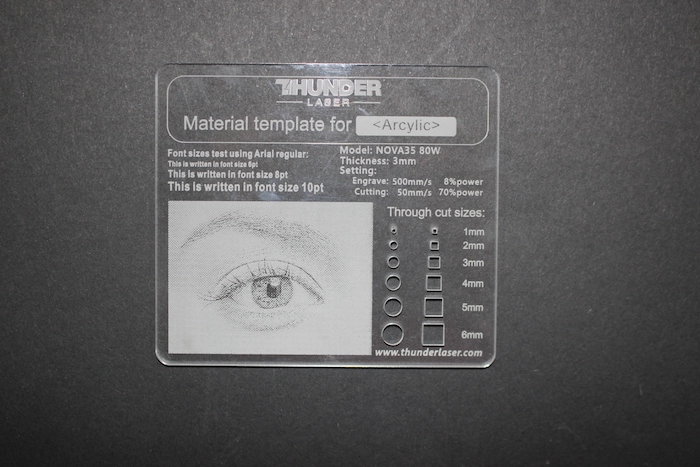
Medium-Density Fiberboard (MDF)
MDF is one of the most commonly used materials in laser processing, and laser processing will produce a brownish-black carbonization effect. When used for photo engraving, vector engraving, and other techniques, MDF can exhibit an advertising poster-like effect.
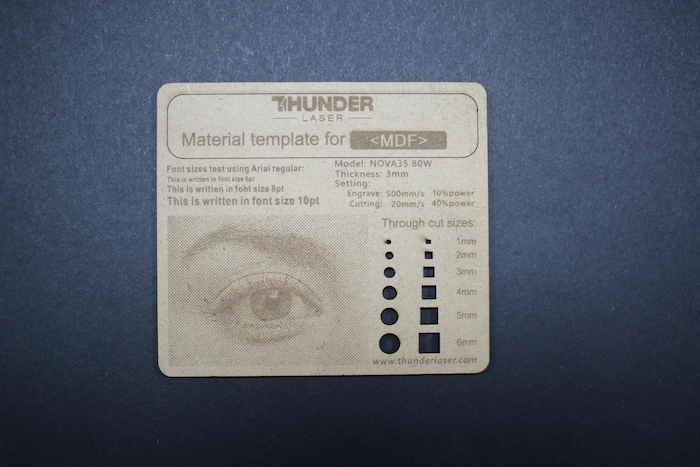
Green Cardboard
Green cardboard can be laser processed, producing a grayish-black carbonization effect.
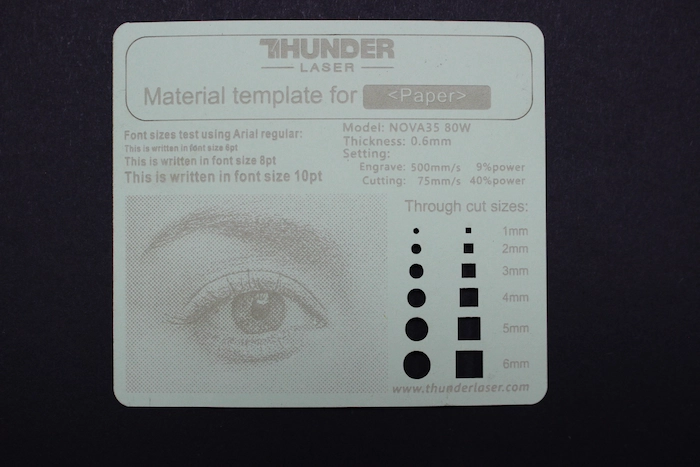
Thick Cardboard
Thick cardboard can be laser processed, producing a golden-brown carbonization effect.
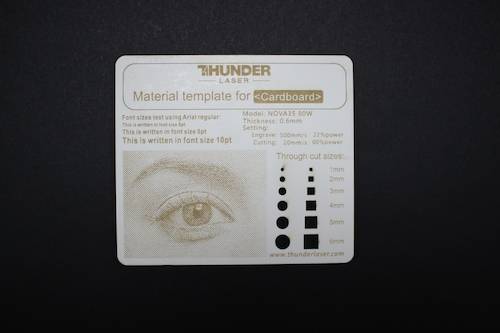
Tech Fabric
Tech fabric can be laser processed, producing a grayish-brown carbonization effect.
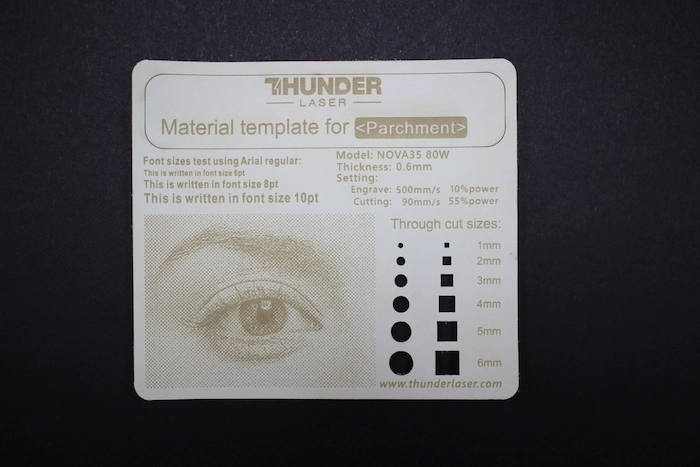
Solid Wood Board
Solid wood board is one of the most commonly used materials in laser processing. Depending on the type of wood, laser processing will produce carbonization effects of varying depths. Solid wood boards have distinct wood grains and a unique natural style, which have excellent applications in photo engraving, vector engraving, and especially relief engraving techniques.
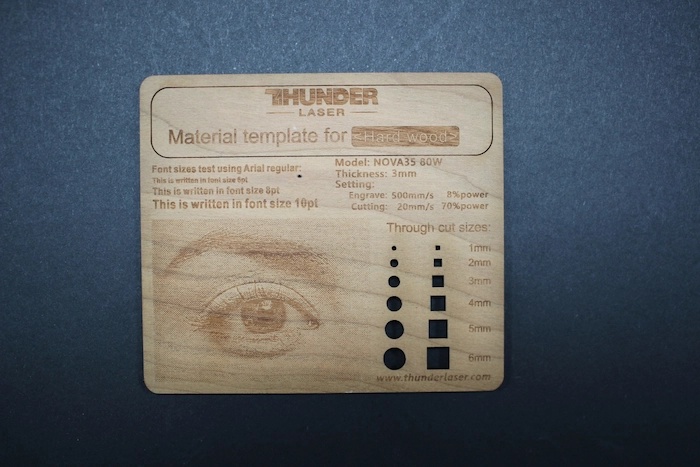
Oka Board
Oka board can be laser processed, creating a high-contrast effect. It can be used for engraving high-precision photos.
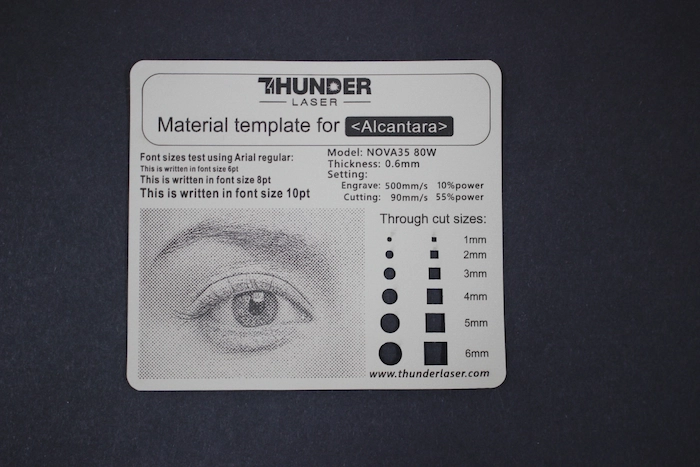
Denim
Denim can be laser processed for engraving images, but it is not suitable for engraving high-precision photos.
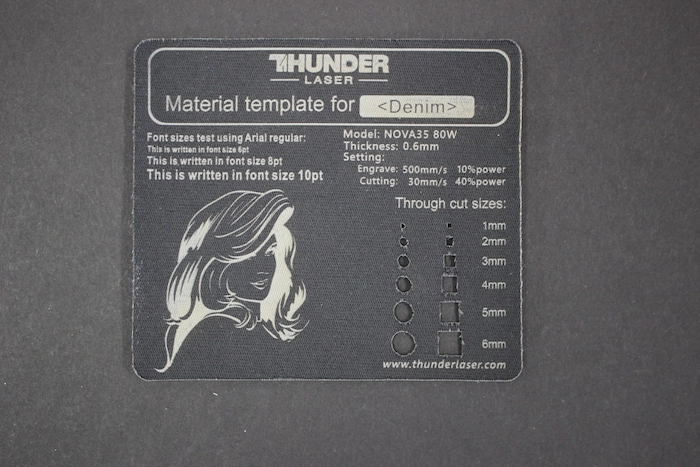
Leather
Leather can be laser processed for engraving images, but it is not suitable for engraving high-precision photos.
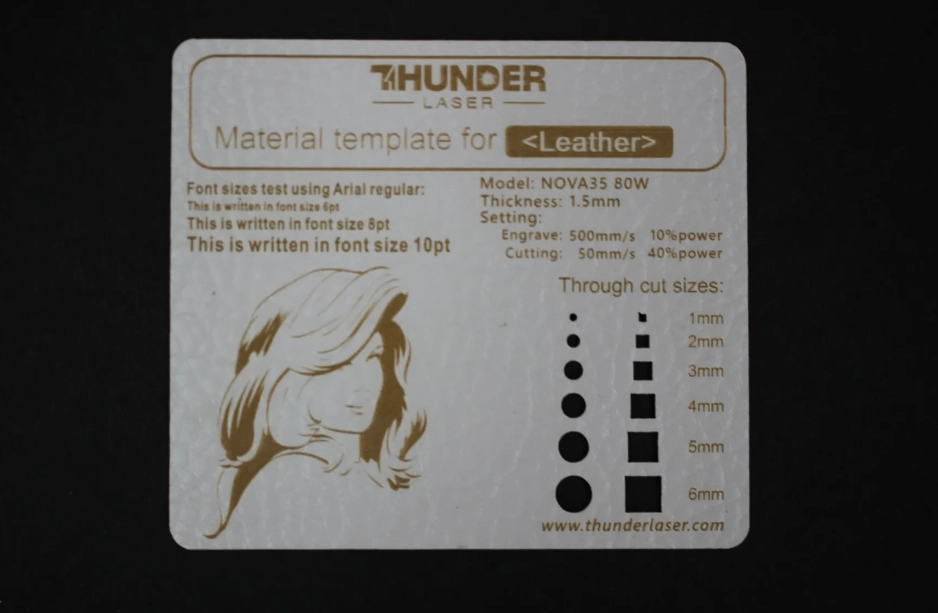
Rubber Pad
Rubber pads can be laser processed and are relatively suitable for making stamps, but not as good as other materials for engraving images.
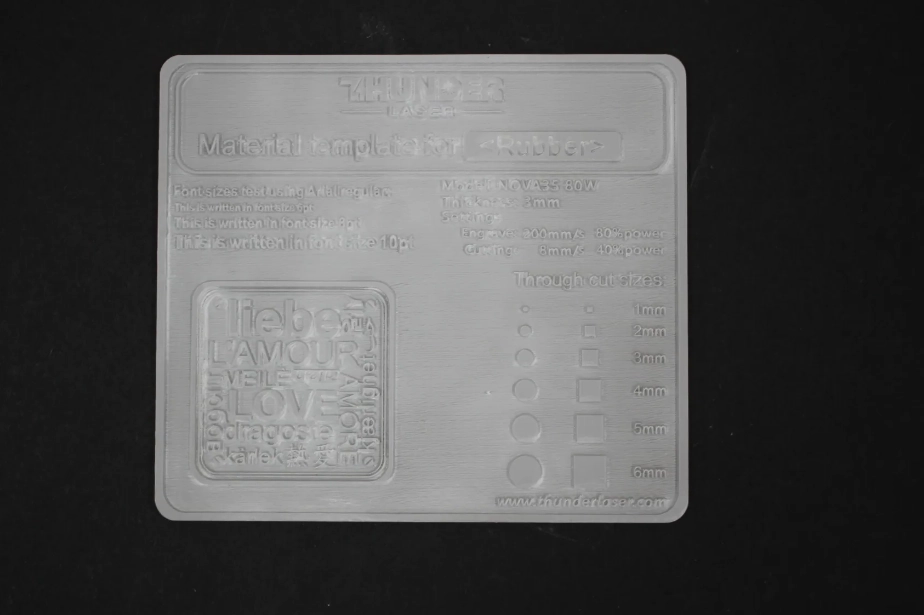
Add Your Heading Text Here
Even for the same material, differences in sub-types can lead to significant variations in effects. For example, while both are acrylic, the engraving effect of extruded acrylic is dull and uneven, whereas the engraving effect of cast acrylic appears bright and evenly white. This is due to the different manufacturing processes for cast acrylic and extruded acrylic, resulting in different presentations during laser processing.
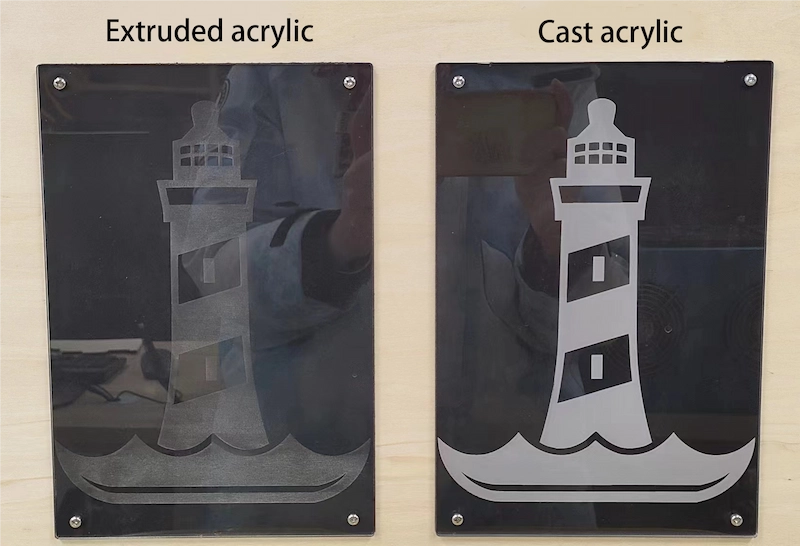
Similarly, while both are fiberboards, the engraving effect of MDF is relatively darker, while the engraving effect of oriented strand board (OSB) is brighter. This is because the wood particles that make up MDF and OSB come from different tree species.
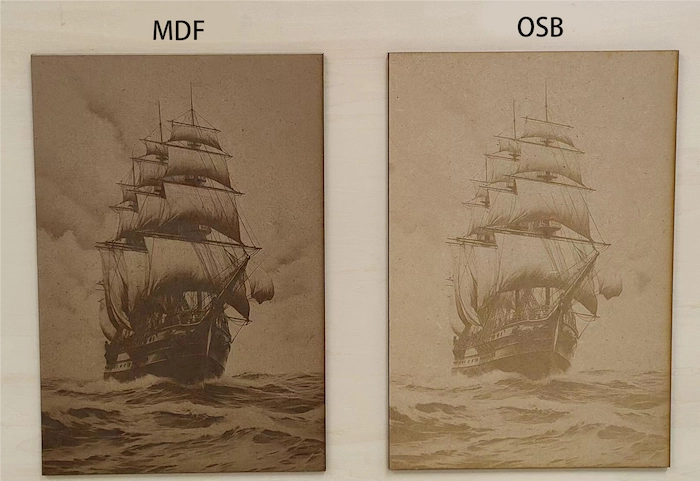
Differences in Processing Effects of Different Batches of Materials
Even for the same sub-type of material, subtle differences in raw material composition, quality, manufacturer, and batch can lead to significant variations in effects. Below are the effects of engraving the same image on black-bottomed white-faced double-colored boards from the same manufacturer but different batches. Image A shows a double-colored board with a slightly thicker coating, resulting in a more pronounced metallic color in the engraved photo and unclear image quality. Image B shows a double-colored board with a thinner coating than the one on the left, resulting in a clear, high-contrast engraved photo.
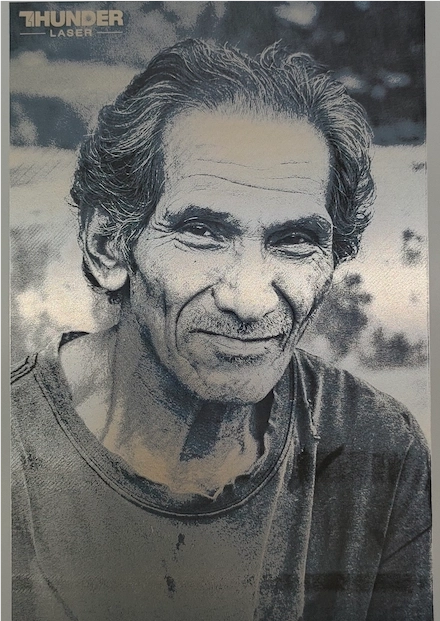
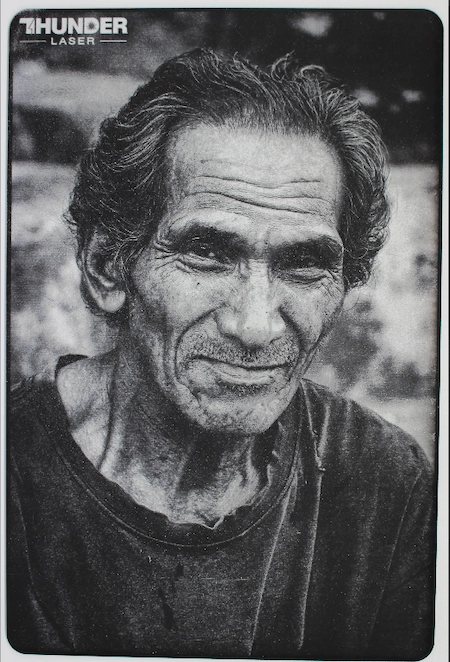

.png) International
International
 United States
United States
 Brasil
Brasil
 Canada
Canada
 Costa Rica
Costa Rica
 Česká
Česká
 Ελλάδα
Ελλάδα
 Polska
Polska
 Ireland
Ireland
 Portugal
Portugal
 Lietuva
Lietuva
 Россия
Россия Deutschland
Deutschland
 Britain
Britain
 Україна
Україна
 France
France
 Sverige
Sverige
 Italia
Italia
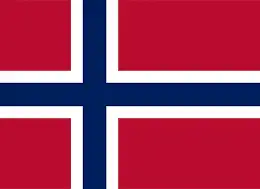 Norway
Norway
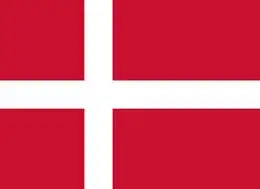 Denmark
Denmark
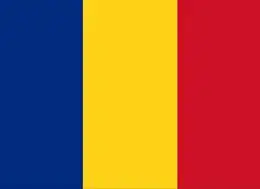 Romania
Romania
 한국
한국
 中国
中国
 ประเทศไทย
ประเทศไทย
 中国香港
中国香港
 Israel
Israel
 中國臺灣
中國臺灣
 India
India
 پاکستان
پاکستان
 پශ්රී ලංකා
پශ්රී ලංකා
 ジャパン
ジャパン
 Australia
Australia
 New Zealand
New Zealand
 South Africa
South Africa